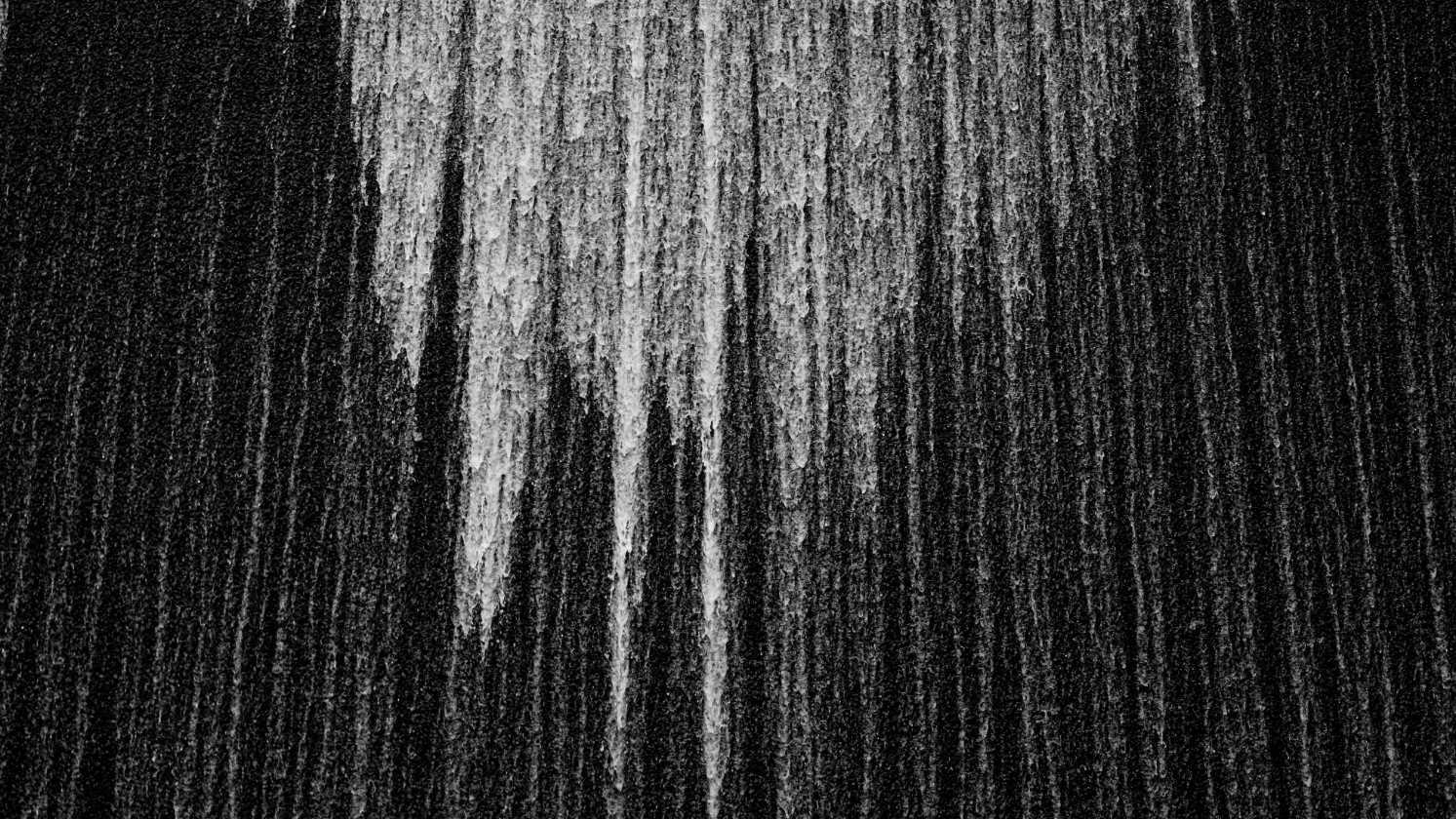In today’s podcast, Alan responds to Jonathan Merritt’s “3 Reasons Conservative Christians Will Lose the Transgender Debate.” Part of Merritt’s argument is that the existence of intersex persons shows “it is generally true...that there are only two sexes. But not always,” and I was reminded of part of an excellent post by Alastair Roberts that addresses the claim being made by Merritt:
It seems clear to me, as it generally seems to be to medical science, that human bodies are structured to be sexually reproductive—to be male and female—and humanity is a sexually dimorphic species. There is clearly considerable natural variation consistent with humanity’s dimorphic form, but there is an obvious difference in principle between variation and defect, even if not always clear in the most marginal cases in practice, where, for instance, function may be retained in an abnormal or impaired form (abnormal forms are not necessarily defective forms, although they frequently are). Sexual organs with intersex conditions are typically characterized by defect—usually manifested in infertility, for instance—and can’t adequately perform certain functions that sexual organs are supposed to perform.
Intersex bodies and bodies with intersex conditions are not evidence of further sexes in addition to male and female, even though particular types of intersex conditions may possess distinct and identifiable characteristics. [The] sexual organs of intersex persons are not ordered to some different sexual end of their own, but are abnormally and/or defectively lacking in the typical functional male or female form, imperfectly related to the ends of male and female sexual organs. Their abnormality is usually connected with evidence that the ordinary processes of sexual differentiation have gone awry in some recognizable manner. That they are generally considered defective doesn’t arise from the rarity of such conditions, but from the fact that they can’t effectively do what sexual organs are supposed to be able to do. They are disordered male or female bodies, or bodies that are neither male nor female. At the very least, to claim that they are a further sex would seem to require some far-reaching re-evaluation of how we determine bodily organs to be functional or not.
There may be some sort of an empirical spectrum between male and female, albeit one overwhelmingly populated at the poles. However, the existence of such an empirical spectrum is not proof against sexual dimorphism, because there remain only two functional forms of sex around which specific human beings are clustered. All intermediate forms are departures from these, without an integral purpose of their own. [Bold emphases added.]
Read the rest of Roberts’s post.

